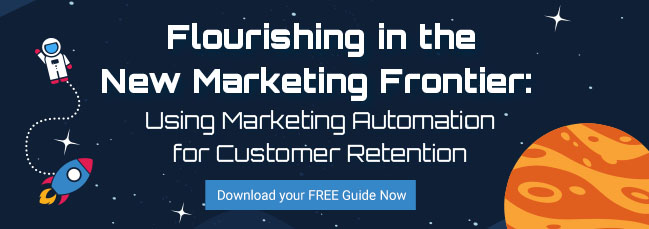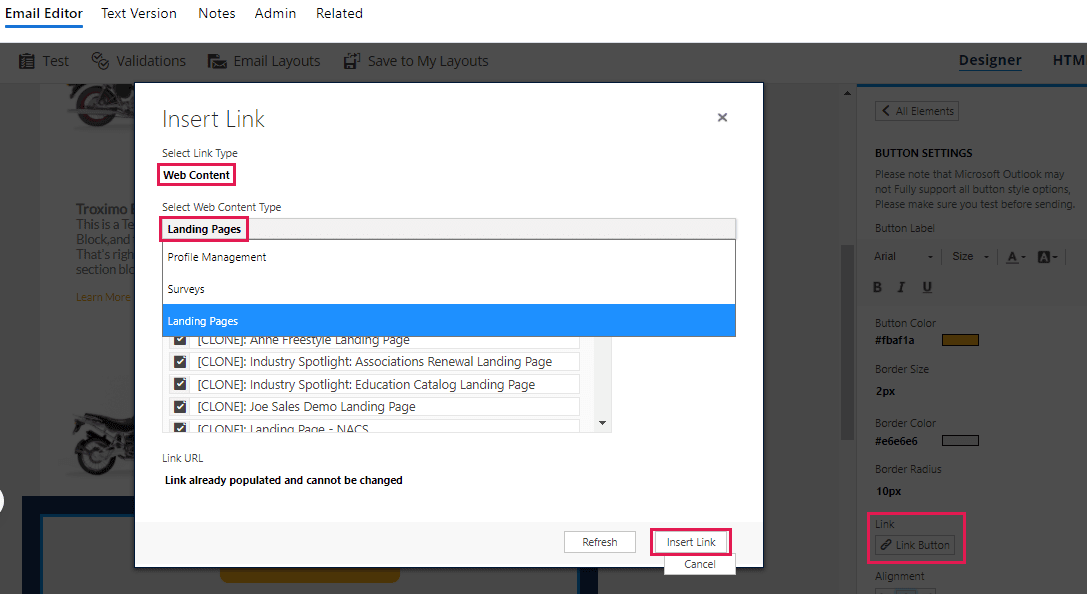Your landing pages may receive a ton of traffic, but are you converting those visitors to leads? For marketers, there’s nothing more disheartening than rushing to your analytics to see – nothing, only a lonely space on a graph where your conversions should be. This is especially frustrating when it’s difficult to determine what the cause is.
You begin to ask yourself “What went wrong?” But it’s important to recognize that there may not be one singular cause behind your lack of conversions. Instead, it’s likely that there are multiple reasons why your landing pages may be suffering from low conversion rates.
Every detail on your page should have a strategic reasoning behind it and be placed there for a purpose other than filling up empty space. Start thinking of your landing page as a work of art. This six-step checklist will help keep you on track:
1. Write simple and straightforward headlines. Reminder: People scan and skim. You have only a few seconds to grab a visitor’s attention, so it is essential to have a main headline that grabs the reader’s attention and sums up your proposition. Keep it short and simple to ensure the reader gets the gist of your pitch within a matter of seconds.
2. Include an obvious call to action. A call to action (CTA) is one of the most important elements of a landing page as it prompts visitors to take action. Each landing page should include one direct call-to-action. Your CTA should be your landing page’s most prominent element as it instructs visitors on what to do next. You don’t want visitors wondering what they should do. Ask yourself, “Does your CTA stand out?” Focus on color, size and message.
3. Improve loading speed of your page. Web page loading speed is vital to conversions. If your landing page does not load within a few seconds, you can say goodbye to your potential conversion. This really is a deal breaker. Google PageSpeed Insights will give you the necessary recommendations to reduce your page loading time. There are several factors that may be at fault for slowing down your landing pages, oversized images being the most common issue.
4. Include the right images/videos. Images and videos help draw in visitors. Compelling images entice viewers to scroll down through your content. It’s important that any images used in a landing page are in sync with the content to make the messages stand out. From the header image to the those used within the page, they all need to be relevant. Tie your best headline to the right image and you will have a winning combo that’s needed for a successful conversion.
5. Minimize distractions. Strip your landing pages down to the bare minimum. Cluttered web pages, and especially landing pages, are a thing of the past. With mobile devices accounting for half of all web browsing, you want to ensure the limited screen space is without clutter. Having an overly filled landing page decreases the user experience and discourages conversions. Make sure links, banner ads or navigation are not prominently displayed on your landing page. The more options you provide to viewers, the more competition you give your call-to-action button.
6. Demonstrate benefits and value. People love benefits. And highlighting value helps to get viewers’ attention. When a prospect arrives on your landing page, they want to be provided with a solution to the problem they are encountering. Whether its an eBook, a product demo or another offer, be sure the benefits are clearly conveyed on your landing page.
There are many factors that can have an impact on your landing page conversion rates. While poor conversion rates may be frustrating, this list should help you identify a few improvements you can make to your own landing pages. Making a few small changes can help you see results quickly.
Happy Marketing!









